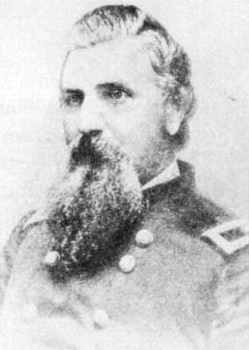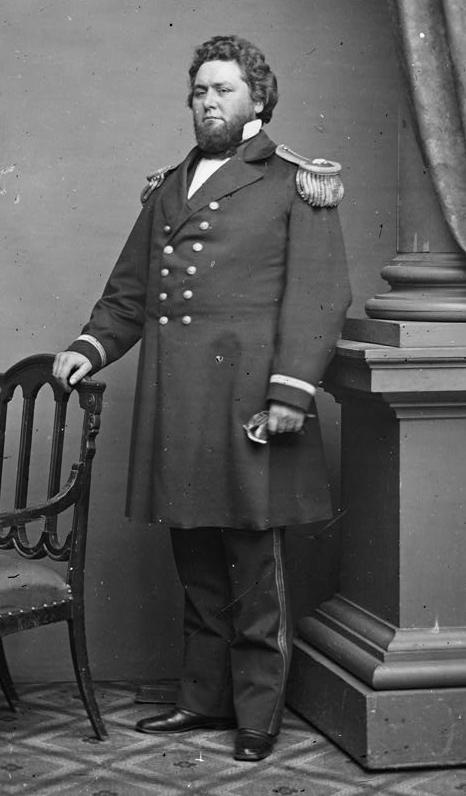 |
| Kirby Smith |
On the same day Lee was fighting with Pope on the fields of Manassas, the Confederates invading Kentucky were fighting as well. Kirby Smith, who had set out ahead of another army under Braxton Bragg, encountered a Federal force near Richmond, Kentucky, on August 29th. Cavalry skirmishing throughout the morning was ended when Federal infantry and artillery arrived and pushed back the rebel troopers. The next morning, August 30th, Kirby Smith ordered his vanguard, under Patrick Cleburne, to attack. An artillery duel began at 7:00 am, and after forming up his troops, Cleburne sent them against the Union left. The Federal commander, Mahlon D. Manson, thought his left was weak so he reinforced it from his right. However, the Confederate division of Thomas Churchill was moving towards the Union right, hidden in a ravine. When they charged, the green Union troops were not able to stand up to the rebels. The right was collapsing from Churchill's attack, the left soon fell back under Confederate pressure, although Cleburne himself had been wounded in the jaw and had to retire from the field.
 |
| Manson |
Although the withdrawal was in bad order, Manson was able to rally his men around 11 am. However, Kirby Smith ordered Churchill to attack on the right and he was successful again, in thirty minutes shattering Manson's new line and sending the Yankees retreating back to the town of Richmond.
 |
| Nelson |
The chief Federal commander, William “Bull” Nelson, arrived on the field and put whatever troops he could in a cemetery just outside of Richmond. Smith again attacked the right flank and collapsed the Union line, driving the defeated Federals through the streets of Richmond. Kirby Smith had sent the cavalry under Colonel John Scott to cut the Federal retreat, and these troops now struck them on the march just after dark, two miles north of Richmond. The tired Federals, thrice defeated, were no match for the southern horsemen. They were captured in droves, and few Federals made their escape.
 |
| Cleburne |
Of about 7,000 Yankees engaged, 200 were killed, 850 wounded and the rest were captured, except for 500 men, including Nelson, who were able to make their escape. The Confederates lost 80 killed, 370 wounded and only 1 missing. This was the most complete battlefield victory achieved during the war. Throughout the war the goal was always not only to defeat and drive back the enemy, but to capture so many men that the opposing army would cease to exist, as Hannibal had famously achieved at Cannae. This was the closest any commander came to achieving that Cannae. The Federal force ceased to exist, and the way to invasion was opened.







0 comments:
Post a Comment